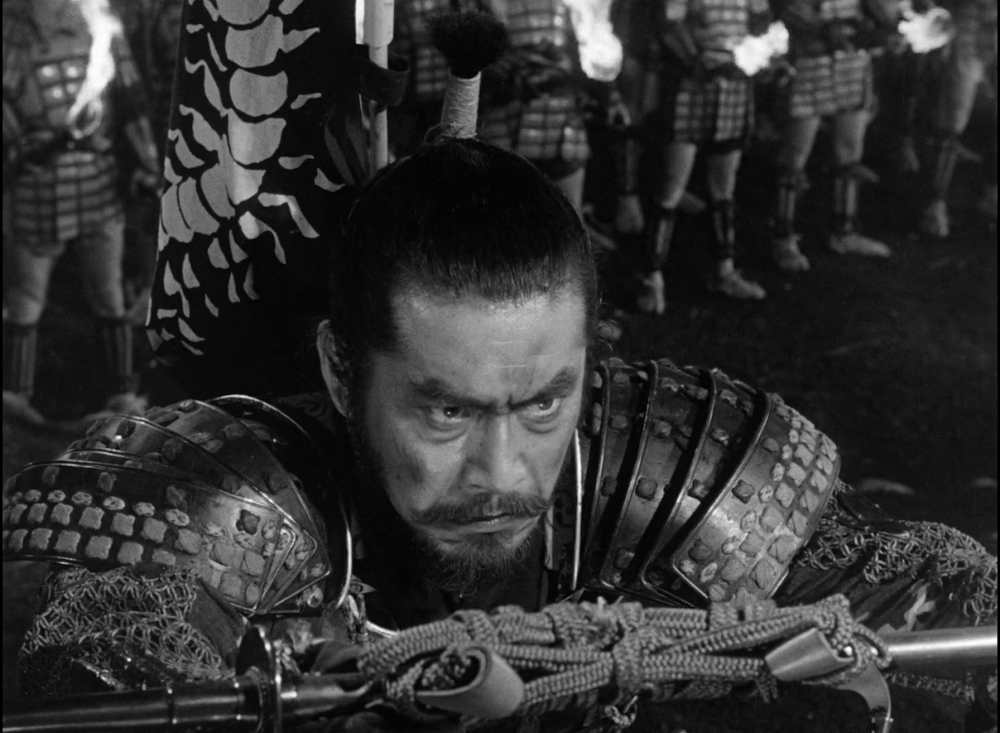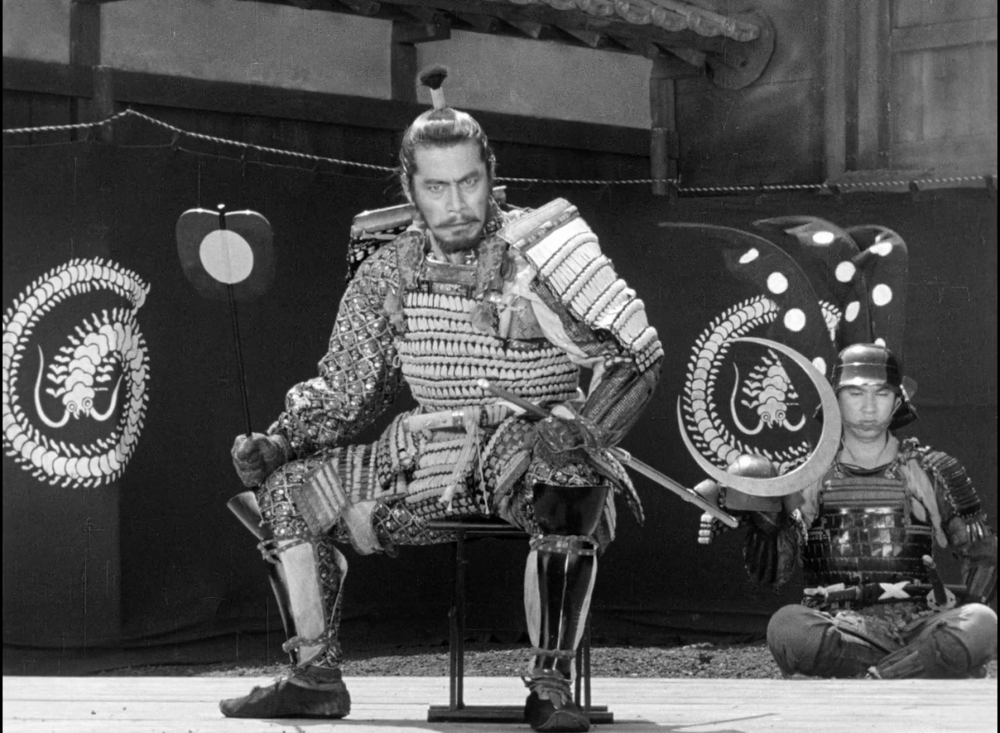The Exoskeleton
Artists should be mindful: never trust a memory with an heirloom […] For if Ingmar’s films broke into his dreams and, as he said, sat at the base of his soul, maturing comfortably like mighty cheeses, perhaps now he haunts the work right back. What meets eyes that gaze at such a light? Exoskeletons in the tiny night. --From ‘At the Bergman Museum’
Having noticed the connection to Kurosawa in my Tarkovsky poems, I then also noticed connections in the poems I had written about visiting the Swedish island of Gotland, which is mostly known as Ingmar Bergman’s part of the world. Tarkovsky actually shot his last film on Gotland, and that’s the reason why I was there. Ingmar Bergman lived on the small island adjoining Gotland, called Fårö, where he is now buried, and where a museum has been set up in his honour. Tarkovsky was supposed to meet Bergman but it never happened, as Bergman kept cancelling. The poem above ends on an exoskeleton image that derives from me seeing two 19th century children’s night dresses that had been pinned to the ceiling of the museum to create a ghostly effect.
Once I noticed that I was dropping images and terms from one director’s work into the poems about another, I decided to write about my persistent idea of the exoskeleton. As the Bandit wakes in the oil of the film, so too do other Kurosawa characters who are made quite concrete, and for me the most exoskeletal one of all was Mifune’s portrayal of the always-heavily-armoured, fuedal General Washizu in Kurosawa’s Throne of Blood (1957), a Macbeth adaptation.

Throne of Blood
I can see now that the exoskeleton – the understanding of film images of characters as exoskeletons – occurred to me from the combination of Kurosawa’s Throne of Blood and Rashomon. I can see how the same actor who played both protagonists now had no connection to the images, which, for me, took on independence and consciousness – a consciousness that they did not necessarily want, as they seemed to have an understanding that their being was unnatural. (This unnaturalness makes me think of ‘the Zone’ in Tarkovsky’s Stalker, in which we witness that at the site where a meteorite crashed, Earth’s natural laws are compromised and strange things are witnessed.)
Soon, these Kurosawa characters started to appear in my dreams. They were independent of their movie. They were confused and lost, like the soldiers in the platoon. I thought about them a lot, and about their sad perfection.
As a word or term, ‘exoskeleton’ came to me from somewhere a little more buried; I had to really go over this to identify the origin. It actually occurred through a fortunate mis-remembering. For a long time, when I thought of Throne of Blood, I remembered the heraldic banners in the film as bearing the image of a scorpion. This mis-remembering even ended up in ‘The Bandit Without Mifune’, when the character wonders:
Am I only the exoskeleton of a great scorpion out of poison?
Instead, when I went back to the film in preparation for this essay, I saw that the banners were centipedes, not scorpions.

The centipede banners displayed behind Washizu.










Pingback: Catching up a bit… | Poems about Tarkovsky films